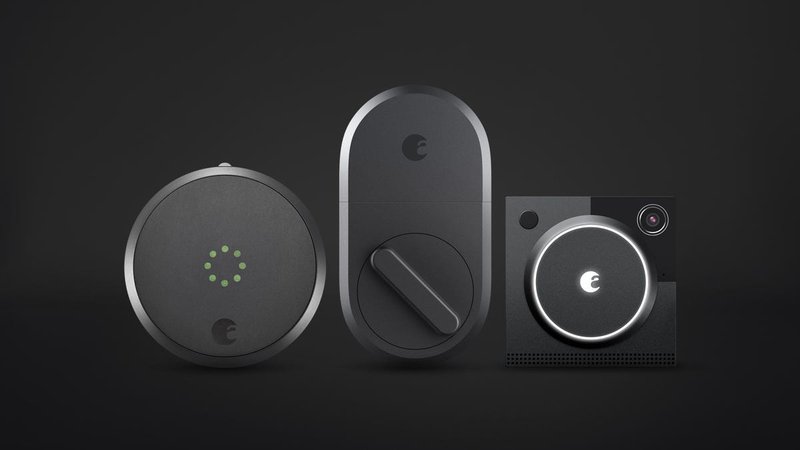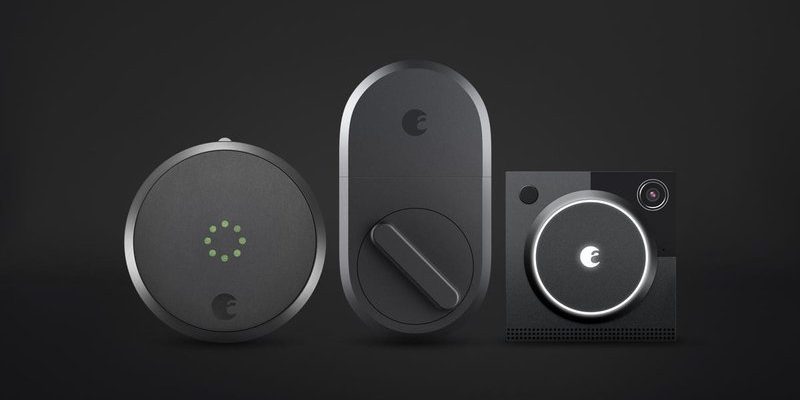
Here’s the thing: registering your device isn’t just plugging in a serial number and calling it a day. It’s about setting up a personalized profile that connects your device securely to your home network and user account. This process ensures only you (or trusted people you authorize) can control the lock or monitor the doorbell feed. So, what exactly do you need to have ready before registering? Let me explain step-by-step what info August asks for, why it matters, and how this helps protect your smart home setup.
Basic Personal Information: Your Digital ID Card
When you open the August app for the first time, you’ll be prompted to create an account—this is where your personal info comes into play. At a minimum, August requires your **name** and **email address**. Think of the email like your digital ID card. It’s how August knows it’s *you* logging in, and it’s crucial for sending you notifications, security alerts, and password reset links.
Why does August want this information? Well, besides creating your profile, it lets the system securely link your device activity to your identity. If someone else gets near your door, August can notify you immediately. Plus, your email is the key to unlock other app features, like inviting family members or trusted friends to access your lock remotely.
Some users worry about privacy, but August is pretty clear with its data policies. When you share your name and email during registration, it’s encrypted and stored securely to prevent unauthorized access. This step is simple but foundational to ensuring your smart home device works just for you.
Device-Specific Information: The Tech Handshake
Once your account is set up, the next step is registering the actual device. This is where you’ll need the device’s **serial number** or **QR code**, usually found on the box or printed on the device itself. Think of this like the device’s fingerprint—unique and vital for pairing it to your profile.
During this phase, the August app often asks you to scan or enter this code manually. This process confirms that you physically own the device and prevents someone else from hijacking it remotely. It’s a simple security handshake that binds your account to the hardware.
Besides the serial or QR code, you might also need the device’s **model name** or number, especially if you’re troubleshooting or contacting support later. Make sure to keep your documentation or take a quick photo of the label—trust me, it saves time.
Wi-Fi Network Credentials: Connecting Your Device to the World
Here’s where things get a little technical—but don’t worry, it’s not rocket science. To get your August smart lock or doorbell online, the device needs to connect to your home Wi-Fi network. During registration, the app will ask for your Wi-Fi network name (SSID) and password.
Why is this necessary? Without internet access, your device can’t send status updates, stream video, or respond when you try to unlock the door remotely. It’s like trying to make a phone call with no signal.
One thing to keep in mind: August devices typically work best on 2.4 GHz Wi-Fi networks, not 5 GHz. If you’re connected to a dual-band router, make sure to select the correct network during setup. Also, double-check your password carefully because a small typo could cause syncing errors.
If you run into issues, the app usually guides you through troubleshooting steps, like resetting the device or reconnecting the network. This Wi-Fi info is a critical piece of the puzzle to bring your smart home to life.
Creating Secure Login Credentials: Your Digital Keyring
Now that your device is paired and connected, you’ll create a password for your August account. This password is essentially your digital keyring—the tool that grants you access to all the smart features within the app. Honestly, a strong password here isn’t optional; it’s mandatory.
August recommends a password that combines uppercase and lowercase letters, numbers, and symbols. You might be tempted to use something easy like “password123,” but trust me, that’s a doorway wide open to hackers. Remember, you’re protecting the front door to your home!
If you ever forget your password, August’s “forgot password” option will send a reset link to your registered email address. Also, consider enabling extra security features like two-factor authentication, which adds an extra layer of protection.
Optional Info: Tailoring Your Smart Home Experience
After the essentials, August lets you customize your device experience with optional info. For example, you can add **home address details** so the app knows exactly where your device is located. This helps with location-based automation, like auto-unlocking the door when you arrive home.
You might also be asked to input **phone numbers** for sending SMS alerts, or to sync with other smart home platforms, like Alexa or Google Assistant. Providing these details isn’t mandatory, but it enhances your device’s usability.
For families or shared households, you can invite others by adding their email addresses to your account, giving them access permissions. This is handy for guests, babysitters, or roommates.
While optional, these extras allow you to build a smart home system that fits your lifestyle—making it as convenient or secure as you want.
Battery and Hardware Status During Setup
You’re probably wondering, “Do I need to tell August about the battery in my device?” The short answer is yes, indirectly. While you don’t enter battery info manually during registration, the app automatically reads your device’s battery level once connected.
This is crucial because August smart locks and doorbells run on batteries that need monitoring. The app alerts you when the battery gets low, so you can replace it before the device stops working. During registration, the app runs an initial battery check to make sure your device is ready for reliable use.
If the battery is dead or weak, syncing might fail, causing frustration. So, if you encounter connection issues, double-check your device battery as part of troubleshooting. Keeping batteries fresh is a silent but vital part of owning smart home hardware.
Why Providing Accurate Info Matters for Future Troubleshooting
Honestly, this whole registration process might seem a bit tedious, but here’s the upside: having accurate, complete information saved in your account makes troubleshooting much easier later on. For example, if your device stops syncing, support can check your device’s serial number, your app version, or Wi-Fi network settings faster.
Plus, if you ever need to reset or pair your device again, having your email and Wi-Fi credentials on hand will speed things up. Some users get stuck because they forget their login, enter a wrong Wi-Fi password, or lose track of the serial number. That’s like forgetting the code to your safe!
By being thorough during registration, you’re investing in a smooth smart home experience that won’t leave you locked out—literally or figuratively.
Here’s a little insider tip: Keep a digital folder or photo album with your August device information—serial numbers, setup screenshots, and network names. It saves a headache if you ever have to reset or pair again.
Wrapping It Up: Your Info Is the Key to Smart Security
So, what info is required to register your August smart home devices? At the core, it boils down to your personal details (like your name and email), device specifics (serial number or QR code), Wi-Fi credentials, and secure login info. Optional extras like home address and phone numbers can enhance the experience but aren’t strictly necessary.
Understanding why August needs this info and how it helps your device connect, sync, and stay secure can turn a frustrating setup into a straightforward process. Remember, registering your device properly is the first step toward a smarter, safer home where you control who comes and goes with just a few taps.
Next time you set up or troubleshoot your August smart lock or doorbell, you’ll know exactly what information matters—and why it’s the secret sauce to hassle-free smart home living.
